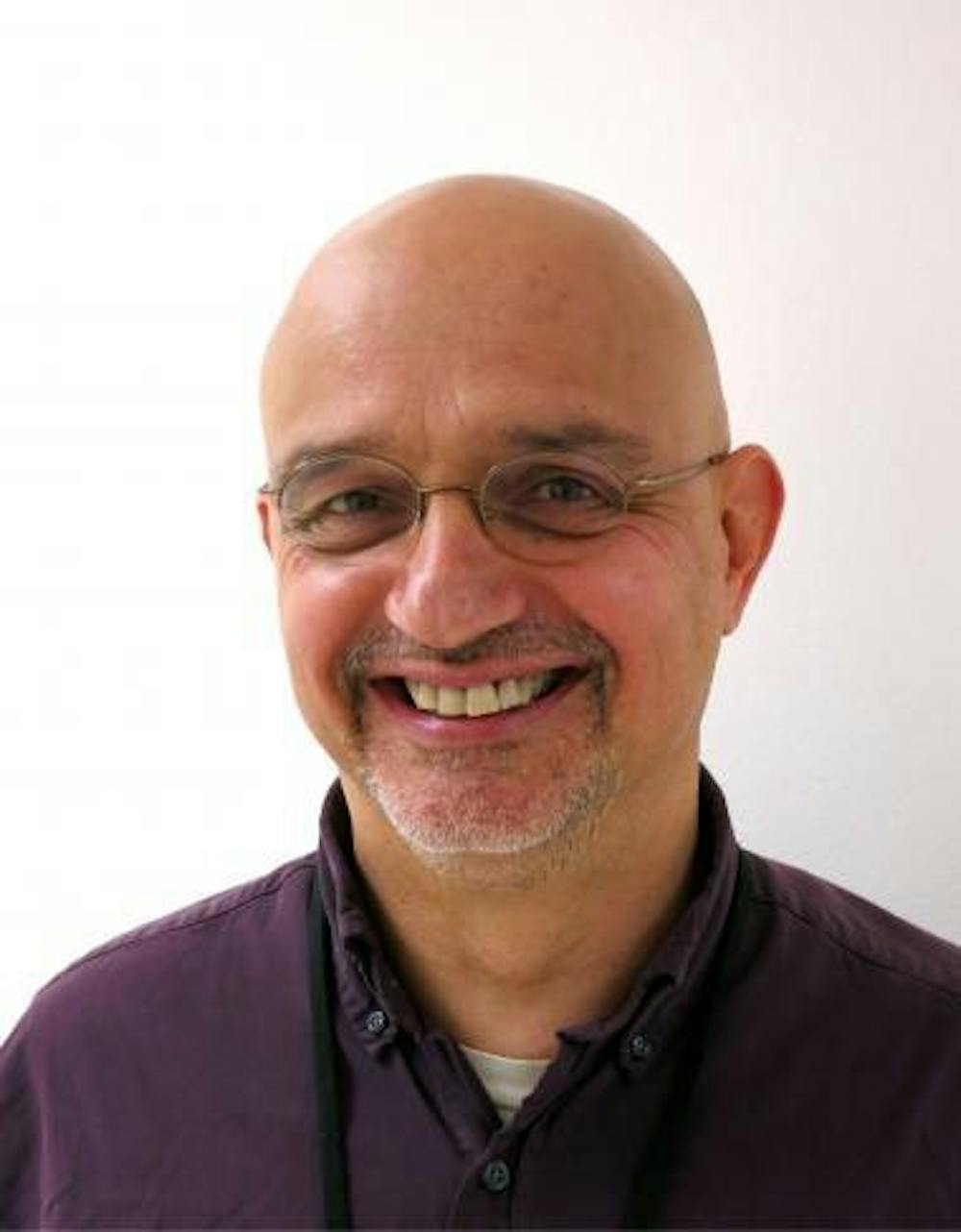Researchers at the University School of Medicine recently discovered a substance produced by lung cancer cells that enables metastasis. After extensive research, the scientists were able to confine cancer growth to a single site by blocking the metastasis-causing substance.
Metastasis is the ability of a cancer to spread, leading to the formation of new tumors.
The findings indicated that a protein — Activin A — was responsible for the spread of cancer cells. Although the lab experiments currently use mice as subjects, the study could be applied to humans by potentially doing a blood test to catch metastasis. However, Dr. Stefan Bekiranov, Assoc. Prof. of biochemistry and molecular genetics, said current drug compounds that block Activin A also block many beneficial proteins.
“There are drugs against Activin A but they are relatively non-specific and target other proteins as well. A drug which specifically targets Activin A needs to be developed,” Bekiranov said.
Initially, researchers used cytokines — proteins which bind to receptors on the cell surface — to begin metastasis in cells. Once the process began in these cells, the medium generated by the initial experiments was used on other cells, and those cells began to metastasize as well. Another lab working on the genomic data found that Activin A was the most likely factor for the metastasis, Bekiranov said.
“This was a big data project,” Bekiranov said. “My lab analyzed terabytes of functional genomic data to arrive at the candidate list of genes with Activin A at the top. Importantly, the human genome contains on the order of 24,000 genes, so this is like searching for a needle in a haystack.”
According to Mayo Clinic, lung cancer is the most common cancer out of the top deadly cancers in the United States. More people die from lung cancer every year than any other cancer.
“It is worth noting that when cancer metastasizes, patients usually do not survive very long,” Bekiranov said. “So if metastasis can be blocked, this could significantly increase patient survival times despite any negative side effects.”
Such a large discovery does not come easy.
“It’s extremely exciting and rewarding, but you need to work hard at it,” Bekiranov said. “People easily put 50 to 60 hours per week on this and other projects.”







